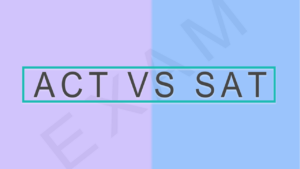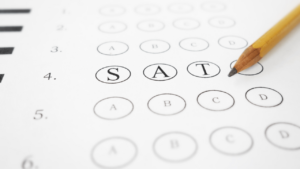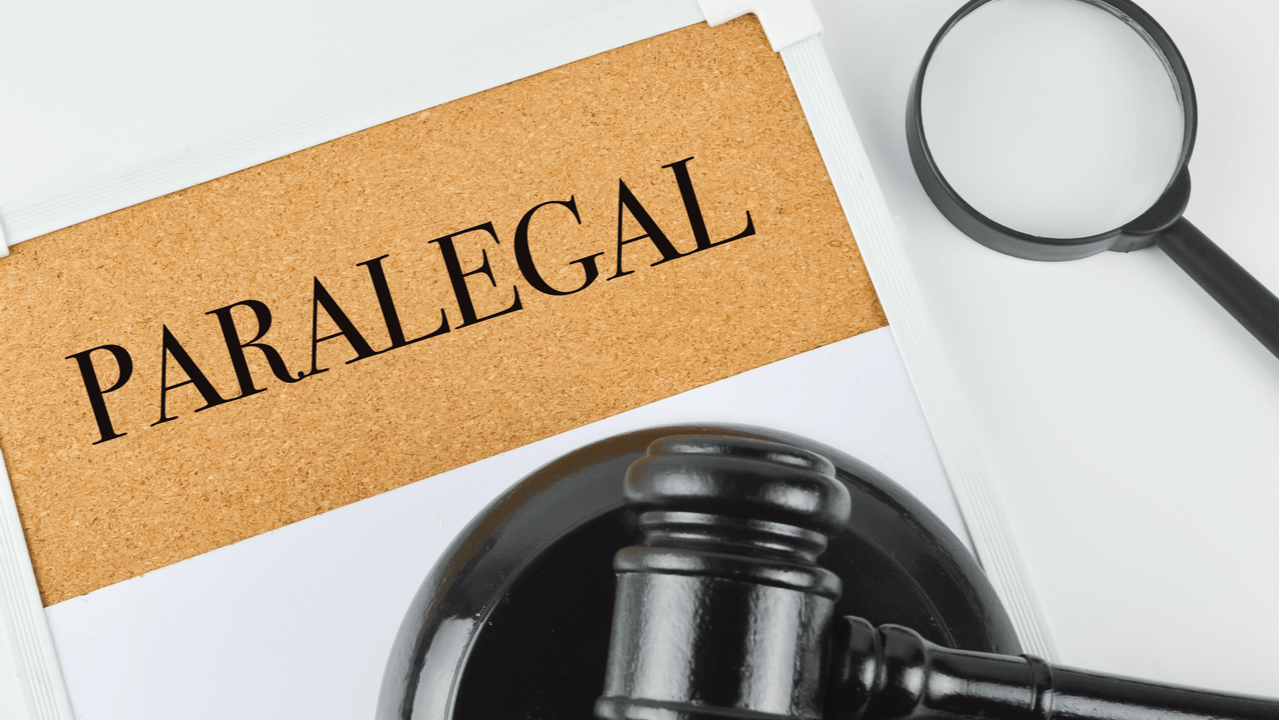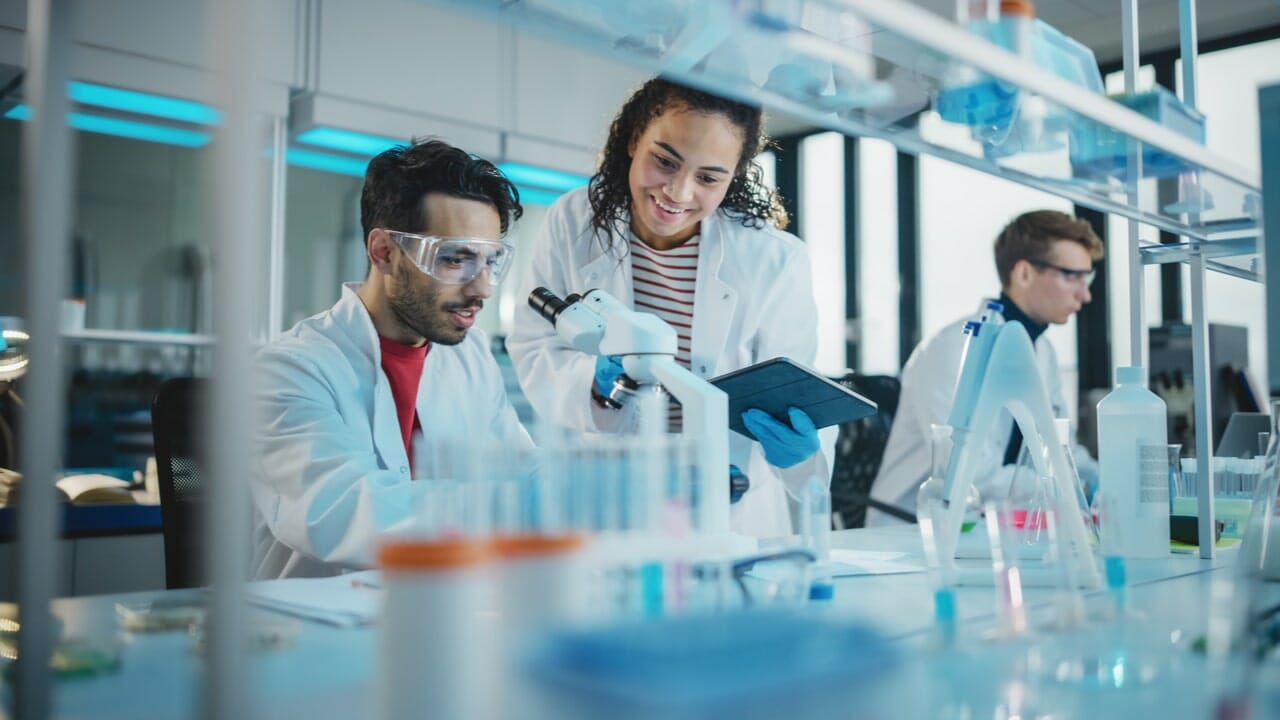Examinations have become an inevitable part of students’ lives. Every student has to undergo an exam at a certain point in time to proceed further with their education and career. There are numerous competitive exams such as GATE, CAT, GRE, TOEFL, and IELTS that are important admission criteria for many universities.
One such examination is the SAT or Scholastic Assessment Test. This exam is particularly useful for getting admission to colleges in the United States. Interestingly, this exam housed various subject tests to gauge students’ knowledge in fields like chemistry, biology, and physics. However, these tests have been discontinued. In this post, we will look at one such subject test – SAT chemistry subject test, and understand its syllabus, format, and score.
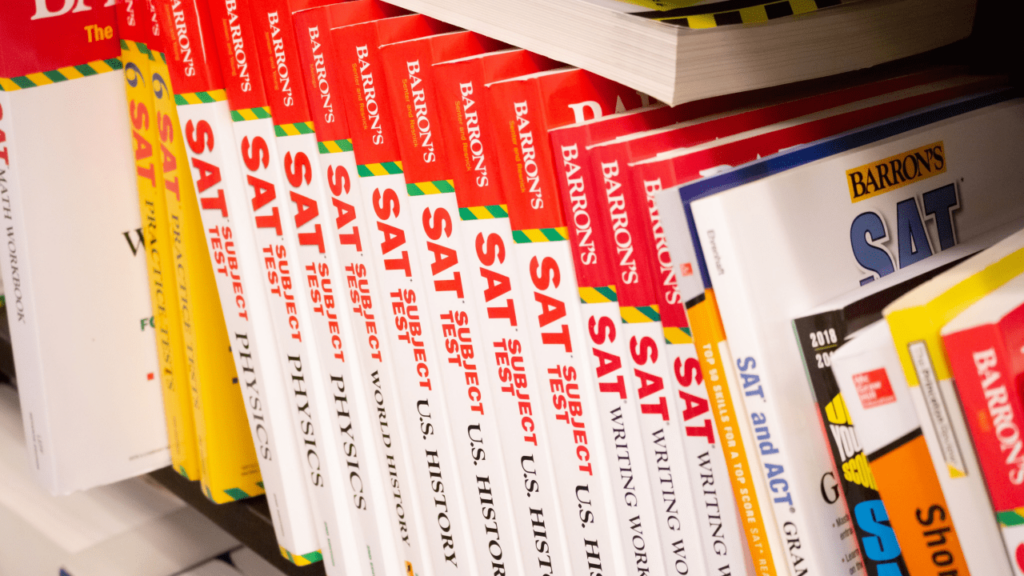
SAT Exam: Overview
The SAT exam is for high school graduates to showcase their knowledge to get admission into various colleges in the USA. The areas that are mandatorily tested in the SAT exam are reading, writing, and maths.
The duration of the exam is around 3 hours which includes all the above-mentioned sections. Apart from the mandatory sections, the College Board also offered optional SAT subject tests where the student was tested on the subject of their expertise.
About SAT Subject Tests
The SAT subject tests were a part of the extensive SAT exam where the student was tested on specific subject areas of their choice. These tests were conducted for one hour, and the questions were purely concept-based. These subject tests helped students distinguish themselves and pursue higher education in a specific subject. The results of the SAT subject tests also provided a clear picture of the student’s skills and helped colleges make informed decisions about admitting the student. Some of the areas that this exam tested include world linguistics, history, science (physics, chemistry, and biology), etc.
SAT Chemistry Test: Overview
In the Chemistry SAT subject test (also called SAT 2 Chemistry Test), the students were tested on various fundamental concepts of chemistry. In this exam, certain topics were given more weightage, and focussing on these topics helped students perform better. Here are the areas covered as part of the SAT Chemistry Syllabus –
- Structure of Matter
This topic had the maximum weightage (25%) among all the topics. It was further classified as atomic structure, molecular structure, and chemical bonding. The student had to prepare topics such as atomic structure, quantum numbers, energy, electron configurations, Lewis structure, ionic and covalent bond, metallic bonds, and intermolecular forces.
- States of Matter
States of matter mainly included gaseous state, the related gas laws, liquids and solids, and solutions. These topics covered the kinetic theory of gases, volumes, intermolecular forces in liquids/solids, phase changes, and diagrams. A student thorough in this topic was able to get 16% of the total weightage of marks easily.
- Reactions
Though it was a very fundamental topic, it contributed to 14% of the total score. The reaction types include acids and bases, oxidation and reduction, the study of reaction rates, solubility, precipitation, pH values, and so on. Students used to prepare for this topic from their elementary science syllabus.
- Stoichiometry
Stoichiometry is one of the most important concepts in advanced chemistry. A basic understanding of stoichiometry is usually given in high school. Students who appeared for the SAT Chemistry test had to be aware of various stoichiometry concepts such as mole concept, Avogadro’s number, empirical formula, and balancing chemical equations.
- Equilibrium
Chemistry is all about equilibrium. So getting tested in the concept of equilibrium is unavoidable in any chemistry test. While preparing for this section, students had to be thorough with concepts like equilibrium constants and expressions, equilibrium reactions, reaction rates, potential energy diagrams, etc. These concepts covered up to 5% of the total score.
- Thermochemistry
Any student intending to study chemistry must be familiar with the concepts of thermochemistry. Topics such as enthalpy, entropy, laws of thermodynamics, conservation of energy, heat transfer, heating, refrigeration, etc., are usually part of this section.
- Laboratory
The laboratory part covered 8% of the total weightage. This involved practical sessions in a lab where students had to perform salt analysis, solubility test, filtration analysis, distillation, and so on. The practical tests were easier than the theoretical concepts.
Question Types: SAT chemistry
The questions asked in the SAT Subject Chemistry test were of 3 different types –
- Classification questions – this type had a set of answer choices that could apply to multiple questions. In simple words, the student had to select one choice that answered all the questions in the lot.
- Relationship analysis questions – these questions consisted of two statements that have a relationship. The student had to understand the relationship and answer which statement was true.
- 5-choice completion questions – these were typically multiple-choice questions with five answer choices, and the student had to select the most suitable one.
Answering these types of questions could be mastered through repeated practice by taking up multiple mock tests. Students were also provided with a periodic table, which helped them significantly during the exam.
Scoring: SAT chemistry
The scores in SAT chemistry hovered around 200-800 on an SAT scale. Students used to receive one mark for every correct answer and lost 1/4th of the mark for every incorrect choice. The negative marking pulled down the marks of many students, especially those who did not manage their time well.
Random guessing never helped in SAT subject tests as students ended up losing marks to negative marking.
The classification type of questions was comparatively easier than the others, and students usually completed these questions first to boost their confidence and improve their scores.
However, the relationship analysis questions were quite tricky, and the students had to read the statements twice and analyse them thoroughly before marking the right answer.
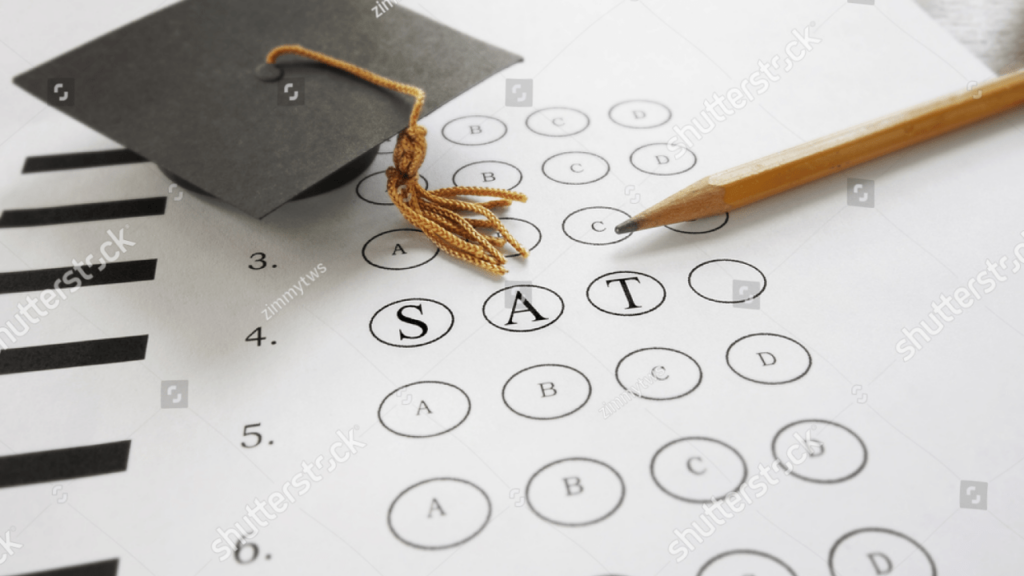
Conclusion
And that concludes everything you need to know about the now-discontinued SAT Chemistry test. But the SAT exam is still very much in action, and students from across the world take this exam in huge numbers. The SATs are usually conducted in August, October, November, December, May, and June. A top score on SAT can get you admission to some of the finest universities in the USA, like the University of Pennsylvania, Georgia Institute of Technology, University of North Carolina, etc.
But you need a lot more than just a good SAT score to get into these world-renowned universities. You have to submit letters of recommendation, statement of Purpose, academic transcripts, language proficiency scores, etc., along with the application. The admission process in itself can drain your energy and overwhelm you. This is where LeapScholar can help. We are a study abroad consultant who can take care of everything you need to become a student in a foreign university. To know more about us, click here.
Frequently Asked Questions (FAQs)
[faq-schema id=”8992″]

